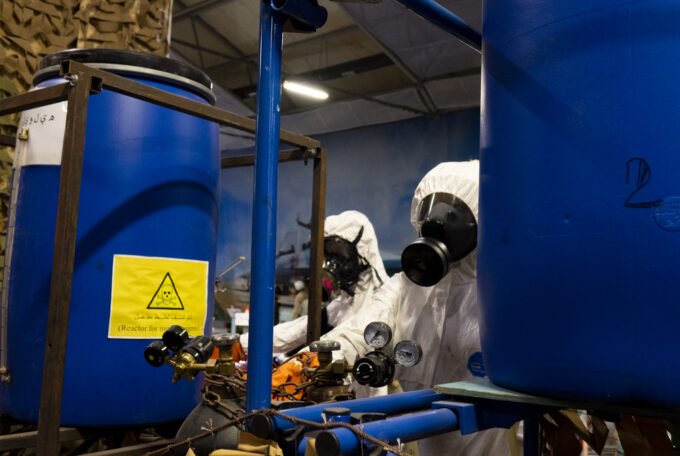Improving the safety of the population: Federal Council wants to close gaps in the planning of large-scale evacuations
Emergency meeting points and the coordination of traffic have proven to be key instruments for evacuating the population in the event of an incident or crisis. However, there are still gaps in the planning of large-scale evacuations, for example in the evacuation of special facilities such as hospitals. These are the findings of a report approved by the Federal Council at its meeting on November 5, 2025 in response to postulate 23.3740 Riniker. The Federal Council wants to ensure the safety of the population and therefore improve and further develop the basic principles.

Evacuation - especially of a large area - is one of the most important and at the same time most challenging civil protection measures to limit the impact of an incident. In such cases, authorities and emergency organizations are under particularly high time pressure, must guarantee the availability of the necessary transport infrastructure and ensure that the traffic situation is regulated under difficult conditions.
The current principles established throughout Switzerland for large-scale evacuation are based on planning initiated by the cantons, the Federal Office for Civil Protection (FOCP) and the responsible authorities in the transport sector (including SBB and PostBus) following the nuclear power plant accident in Fukushima in 2011. The resulting evacuation model is mainly geared towards the scenario of a nuclear power plant accident. Thanks to its simple core idea and its modular structure with the three elements «emergency meeting points», «reception points» and «support points», the model can also be used for a variety of other scenarios.
Emergency meeting point set up throughout Switzerland
Emergency meeting points in particular have now been set up almost everywhere in Switzerland. They serve as central points of contact for the population in the event of disasters and emergencies, where they can obtain information, make emergency calls and receive further support if required.
In addition, the Coordination of Traffic in Exceptional Situations (KOVE) is a crisis organization that is also deployed in the event of precautionary large-scale evacuations.
Targeted further development of evacuation concepts
However, exercises at cantonal and federal level in recent years have shown that there are still conceptual gaps in the planning of large-scale evacuations, such as for the evacuation of so-called special facilities, including hospitals. Against this background and due to the changing security policy environment, various projects have been initiated with the involvement of the federal government, cantons and the armed forces to address the issue of evacuations in the context of civilian incidents or in the event of armed conflict. These include, for example, the «Civil Protection Capability Analysis», which deals with the challenges of evacuations in the event of a direct military threat against Switzerland.
The Report of the Federal Council in response to postulate 23.3740 Riniker serves as the basis for the necessary follow-up work to close the gaps in the area of evacuation planning. In particular, it is also about improving and further developing the existing foundations. The overarching goal is to bundle and utilize the capabilities available in Switzerland in such a way that evacuation can be carried out as a measure with the greatest possible protection for the population in the event of an incident.
Source: babs.admin.ch









